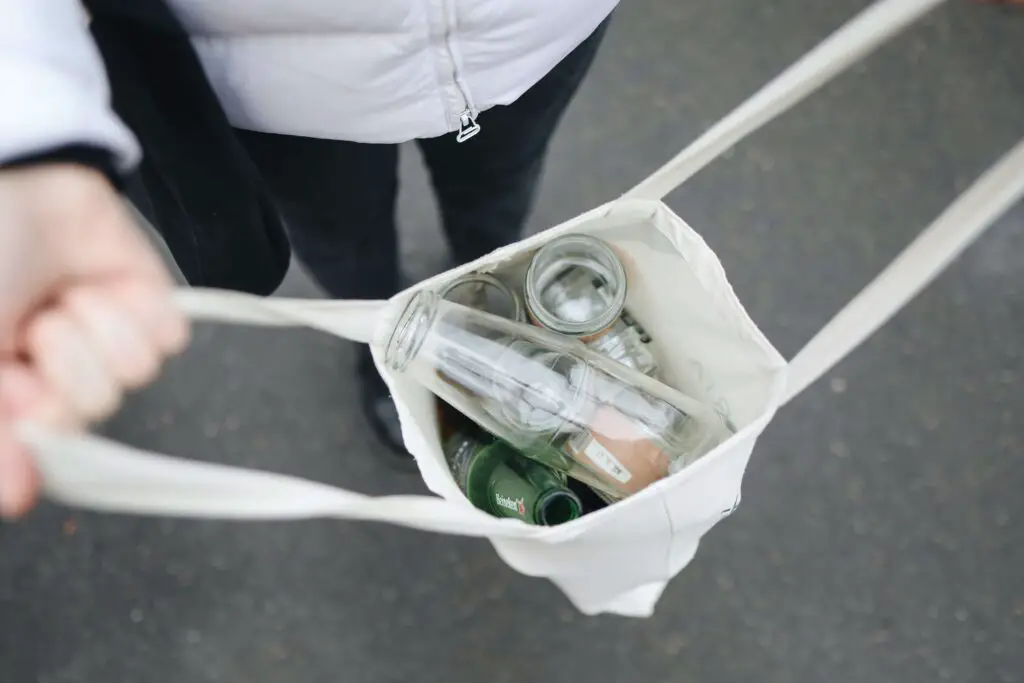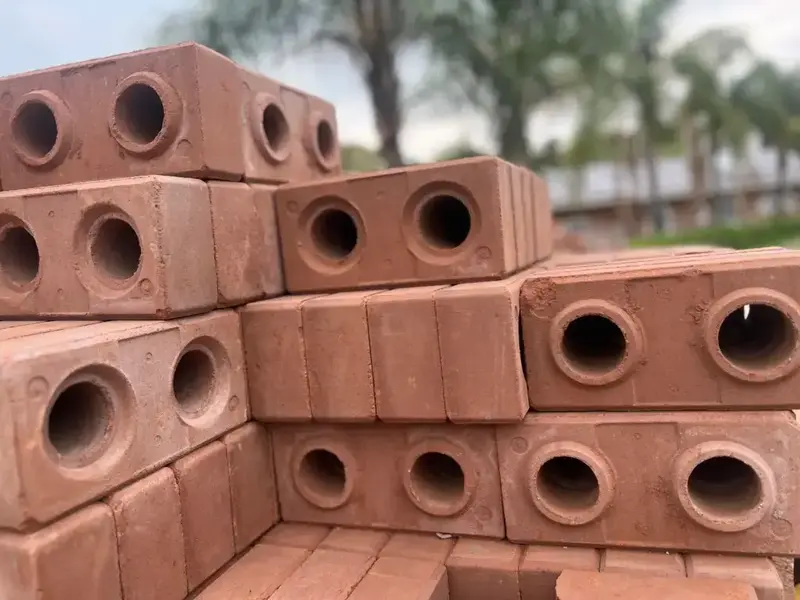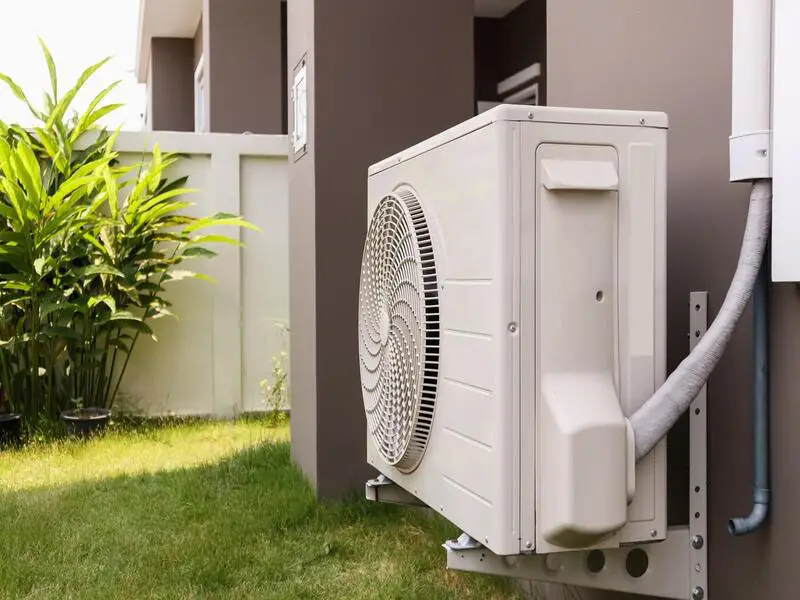As we become increasingly aware of the damage caused by plastic pollution, more and more people are looking for ways to reduce their plastic consumption. One of the areas where plastic use can be particularly high is in the kitchen and around the home. From food storage to cleaning products, there are many opportunities to reduce plastic use and make more sustainable choices. In this article, we will explore some of the ways you can reduce plastic in your kitchen and at home.
The Problem with Plastic
This section explores the issues associated with plastic use, including the environmental impact of plastic pollution, the challenges of recycling, and the health risks associated with plastic exposure.
Environmental Impact
Plastic pollution has become one of the most pressing environmental issues of our time. The use of plastic has drastically increased in recent years, leading to severe environmental consequences. Plastic waste can cause harm to wildlife, particularly marine life. Many animals mistake plastic for food and can end up ingesting it, which can lead to choking, intestinal blockages, and even death. Plastic pollution can also harm animals through entanglement, as animals can become trapped in plastic waste and suffocate or drown.
The impact of plastic waste on the ocean is particularly severe. It is estimated that there are around 5.25 trillion pieces of plastic debris in the ocean, with around 8 million metric tons of plastic being added each year. This plastic waste can cause harm to marine ecosystems, disrupt food chains, and even enter the human food chain through the consumption of contaminated seafood.
In addition to its impact on wildlife and the ocean, plastic pollution also contributes to climate change. The production and disposal of plastic requires significant amounts of energy, which can result in the emission of greenhouse gases. The incineration of plastic waste can also release toxic pollutants into the air, which can have negative health impacts on humans and animals alike.
Dealing with plastic waste is a significant challenge, as plastic can persist in the environment for hundreds of years. Recycling is often touted as a solution to the plastic waste problem, but the reality is that only a small percentage of plastic waste is actually recycled. Many types of plastic are difficult to recycle, and the recycling process can be costly and energy-intensive. As a result, reducing plastic use and finding alternatives to plastic is essential in addressing the problem of plastic pollution.
Recycling Challenges
Recycling is often seen as a solution to the problem of plastic waste, but there are many challenges associated with recycling plastic. One major challenge is the limitations of current recycling technology. While some types of plastic, such as PET and HDPE, are widely recycled, other types of plastic are much more difficult to recycle. PVC, for example, is rarely recycled due to the toxic byproducts that are produced during the recycling process.
Another challenge with recycling plastic is the difficulty of sorting and processing different types of plastic. There are many different types of plastic, each with its own unique properties, and it can be difficult to separate and sort them for recycling. Some plastic products are made from a combination of different types of plastic, which makes them even more challenging to recycle.
Even when plastic is successfully sorted and processed for recycling, there are still limitations to what can be done with the recycled material. Recycled plastic is often of lower quality than virgin plastic, and can only be used for certain applications. For example, recycled plastic may not be suitable for food-grade packaging or medical applications.
In addition to these challenges, there are also economic and logistical barriers to recycling plastic. The cost of recycling can be high, particularly for difficult-to-recycle types of plastic, and there may not be enough demand for recycled plastic products to make recycling economically viable.

Health Risks
Plastic is a ubiquitous material in our daily lives, but it also poses health risks. One of the main concerns with plastic is the potential for chemicals to leach out of the material and contaminate food and drink. Many plastics contain additives, such as phthalates and bisphenol A (BPA), which are known to be endocrine disruptors and can have negative health impacts.
When plastic is heated, such as in a microwave or dishwasher, the risk of chemicals leaching out of the material increases. This can be particularly concerning for plastic food containers and bottles, as well as plastic utensils and dishes. When these items are heated, chemicals can leach into the food or drink, which can then be ingested by humans.
Another concern with plastic is the potential for microplastics to enter the human body. Microplastics are tiny particles of plastic that are less than 5 millimeters in size. They can be ingested through food and drink, as well as through inhalation. While the long-term health impacts of microplastic exposure are not yet fully understood, there is evidence to suggest that microplastics can accumulate in the body and potentially cause harm.
In addition to these health risks, there are also concerns about the impact of plastic pollution on the environment, which can have indirect impacts on human health. For example, plastic pollution can lead to the contamination of soil and water, which can in turn lead to the contamination of crops and drinking water.
Plastic-Free Alternatives
This section explores some of the plastic-free alternatives that are available for common household items, such as food storage containers, water bottles, and cleaning products.
Food Storage
When it comes to food storage, plastic containers are a popular choice due to their convenience and affordability. However, as we’ve discussed earlier, plastic can pose health risks and also has a negative impact on the environment. Fortunately, there are many alternatives to plastic food storage containers that are both safe and eco-friendly.
One popular alternative to plastic is glass jars. Glass jars are a great choice for storing dry goods such as beans, grains, and spices. They are also ideal for storing liquids such as homemade sauces, dressings, and juices. Glass is a non-reactive material that won’t leach chemicals into your food, and it’s easy to clean and reuse.
Another option for food storage is stainless steel containers. These containers are durable, easy to clean, and come in a variety of sizes and shapes. They are great for storing leftovers, meal prep, and snacks on-the-go. Stainless steel is also non-reactive, so it won’t affect the flavor of your food.
For storing food in the fridge or pantry, beeswax wraps are a great alternative to plastic wrap. Beeswax wraps are made from cotton cloth that has been coated in beeswax, jojoba oil, and tree resin. They can be used to wrap cheese, fruits, vegetables, bread, and more. Beeswax wraps are reusable, washable, and biodegradable.
In addition to these alternatives, there are many other options for plastic-free food storage, such as silicone food bags, bamboo containers, and even repurposed glass jars and metal tins. By choosing these alternatives to plastic, we can reduce our plastic consumption and help protect the environment.
Water Bottles
Plastic water bottles are one of the most common sources of plastic waste, with millions of them being discarded every day. Fortunately, there are many alternatives to plastic water bottles that are both eco-friendly and convenient.
One popular alternative to plastic water bottles is stainless steel bottles. These bottles are durable, reusable, and come in a variety of sizes and colors. They are also easy to clean and can keep drinks cold or hot for hours. Stainless steel is also a non-reactive material, which means it won’t affect the taste of your drink.
Another option for water bottles is glass. Glass bottles are a great choice for those who prefer a plastic-free option for their drinks. Glass is non-reactive and won’t affect the taste of your drink, and it’s also easy to clean and reuse. However, glass bottles may not be as durable as stainless steel, and they may be heavier and more fragile.
If you prefer a more lightweight option, you can also choose reusable plastic water bottles made from materials like Tritan or polypropylene. These materials are BPA-free and considered safe for reuse, but they should still be used and cleaned carefully to avoid any potential health risks.
Cleaning Products
Plastic is a common material used in packaging for cleaning products, but it has a significant impact on the environment. Fortunately, there are many alternatives to plastic cleaning products that can help reduce plastic waste.
One alternative is to make homemade cleaners using natural ingredients like vinegar, baking soda, and essential oils. These ingredients are non-toxic and can effectively clean many surfaces around the home. Plus, homemade cleaners are typically stored in reusable glass or metal containers, which reduces plastic waste.
Another alternative is to look for cleaning products that are packaged in glass or metal containers instead of plastic. Some companies now offer cleaning products that are packaged in refillable glass bottles, allowing you to reduce your plastic waste and still have a convenient way to purchase and use cleaning products.
In addition to reducing plastic waste, choosing alternatives to plastic cleaning products can also be better for our health. Many traditional cleaning products contain harmful chemicals that can be harmful to our health, and natural alternatives can be just as effective without the health risks.
Tips for Reducing Plastic Use
This section provides practical tips for reducing plastic use in the kitchen and around the home.
Shop Smart
When it comes to reducing plastic waste, one of the most effective ways is to shop smart. By making sustainable choices when shopping for food and household items, we can significantly reduce our plastic consumption.
One of the first things to consider is the amount of packaging on the products we buy. Choose products with minimal packaging or packaging made from sustainable materials like cardboard or paper. This can be challenging as many products are heavily packaged in plastic, but by taking the time to look for alternatives, we can reduce our plastic waste.
Another strategy is to buy in bulk. Bulk purchases typically have less packaging than individually packaged items and can also be more cost-effective. Many stores now offer bulk sections for items like grains, nuts, and dried fruit, allowing you to bring your reusable containers and fill them up with what you need. By doing this, you can significantly reduce the amount of plastic packaging you bring home.
Additionally, it’s important to consider the materials of the products we purchase. Opt for products made from sustainable materials like bamboo, glass, or metal, rather than plastic. This includes items like utensils, food storage containers, and cleaning supplies.
It’s also worth considering the source of the products we purchase. Buying local and supporting small businesses can help reduce the environmental impact of transportation and production. Look for products that are ethically sourced and produced, and choose products with certifications like Fairtrade or Rainforest Alliance.
By making sustainable choices when shopping for food and household items, we can significantly reduce our plastic consumption and make a positive impact on the environment. It may take some extra effort and planning, but the long-term benefits of reducing plastic waste are worth it.
Reduce Waste
Reducing waste is an essential part of reducing our overall plastic consumption. One of the most effective ways to reduce waste is to reuse items and repurpose them whenever possible.
One way to reduce waste is to use leftovers from meals. Instead of throwing away excess food, save it for future meals or freeze it for later use. This not only reduces food waste but can also save money and time spent cooking.
Another way to reduce waste is to compost organic materials like food scraps and yard waste. Composting is a simple process that turns these materials into nutrient-rich soil that can be used to fertilize plants and gardens. By composting, we can significantly reduce the amount of organic waste that ends up in landfills, where it produces harmful methane gas.
Repairing broken items rather than throwing them away is another way to reduce waste. This can be applied to items like clothing, furniture, and electronics. Many local repair shops offer services to fix broken items, which can save money and reduce the need to purchase new items.
When it comes to shopping, consider buying secondhand items rather than purchasing new products. This can include clothing, furniture, and household items. Many thrift stores and online marketplaces offer a wide variety of gently used items that are still in excellent condition.
Finally, it’s important to recycle whenever possible. While recycling is not a perfect solution, it is a valuable way to divert materials from landfills and reduce the need for new resources. Be sure to follow local recycling guidelines and properly sort materials to ensure they are recycled correctly.
By reducing waste and reusing items, we can significantly reduce our plastic consumption and make a positive impact on the environment. Small changes in our daily habits can have a significant impact over time.
Recycle Properly
Recycling is an important way to reduce waste and limit our overall plastic consumption. However, it’s essential to recycle properly to ensure that materials are recycled correctly and don’t end up in landfills or the ocean.
The first step in proper recycling is to check which types of plastic can be recycled in your area. Not all plastics are created equal, and some may not be recyclable in certain locations. Check with your local recycling facility or waste management department to find out which types of plastic can be recycled in your area.
Once you know which types of plastic are recyclable, it’s important to ensure that items are clean and free from contamination. This means that plastic containers should be rinsed out thoroughly before being placed in the recycling bin. Contamination can occur when items are not properly cleaned, and this can cause entire batches of recycled materials to be rejected and sent to the landfill.
It’s also important to remove any labels or caps from plastic containers before recycling them. These can cause issues during the recycling process and may prevent the items from being recycled correctly.
Another essential aspect of proper recycling is to avoid placing non-recyclable items in the recycling bin. This can include items like plastic bags, Styrofoam, and certain types of plastic packaging. These materials cannot be recycled in most facilities and can cause contamination in the recycling stream.
Conclusion
Reducing plastic use in the kitchen and around the home is an essential step towards a more sustainable and environmentally friendly lifestyle. From the impact on wildlife and the environment to the potential health risks associated with plastic exposure, the evidence is clear that reducing our plastic consumption is vital.
By exploring alternatives to plastic, such as glass jars, stainless steel containers, and reusable water bottles, we can significantly reduce our plastic use. Choosing sustainable cleaning products, shopping smart, and reducing waste can also make a significant impact on the environment.
Recycling properly is another essential aspect of reducing our plastic consumption. By ensuring that materials are clean and free from contamination and only placing recyclable items in the bin, we can help reduce the amount of plastic waste that ends up in landfills and the ocean.
Overall, reducing plastic use requires a commitment to making small changes in our daily lives. By taking small steps towards sustainability and reducing our plastic consumption, we can all make a positive impact on the environment and create a better world for future generations.




